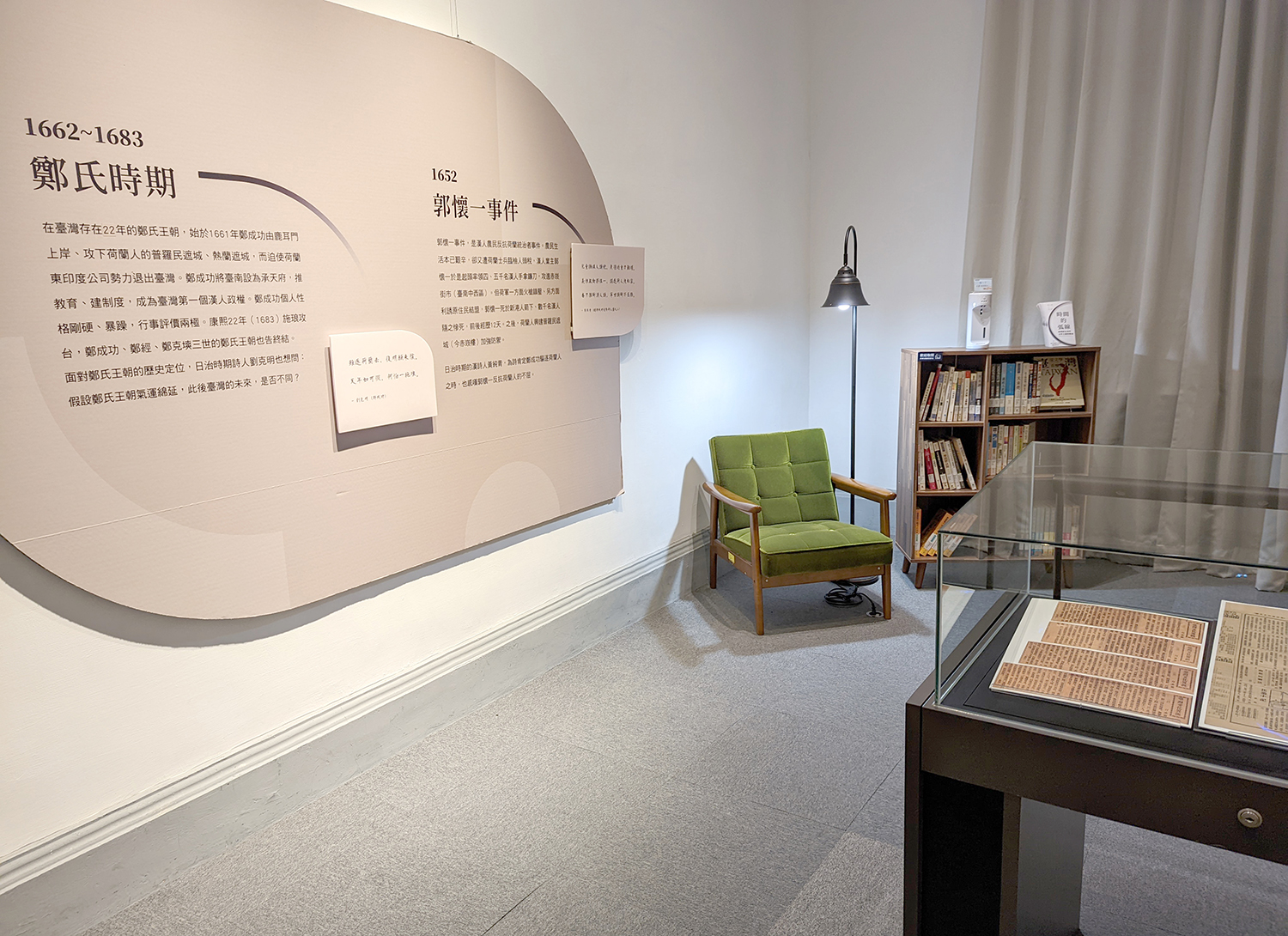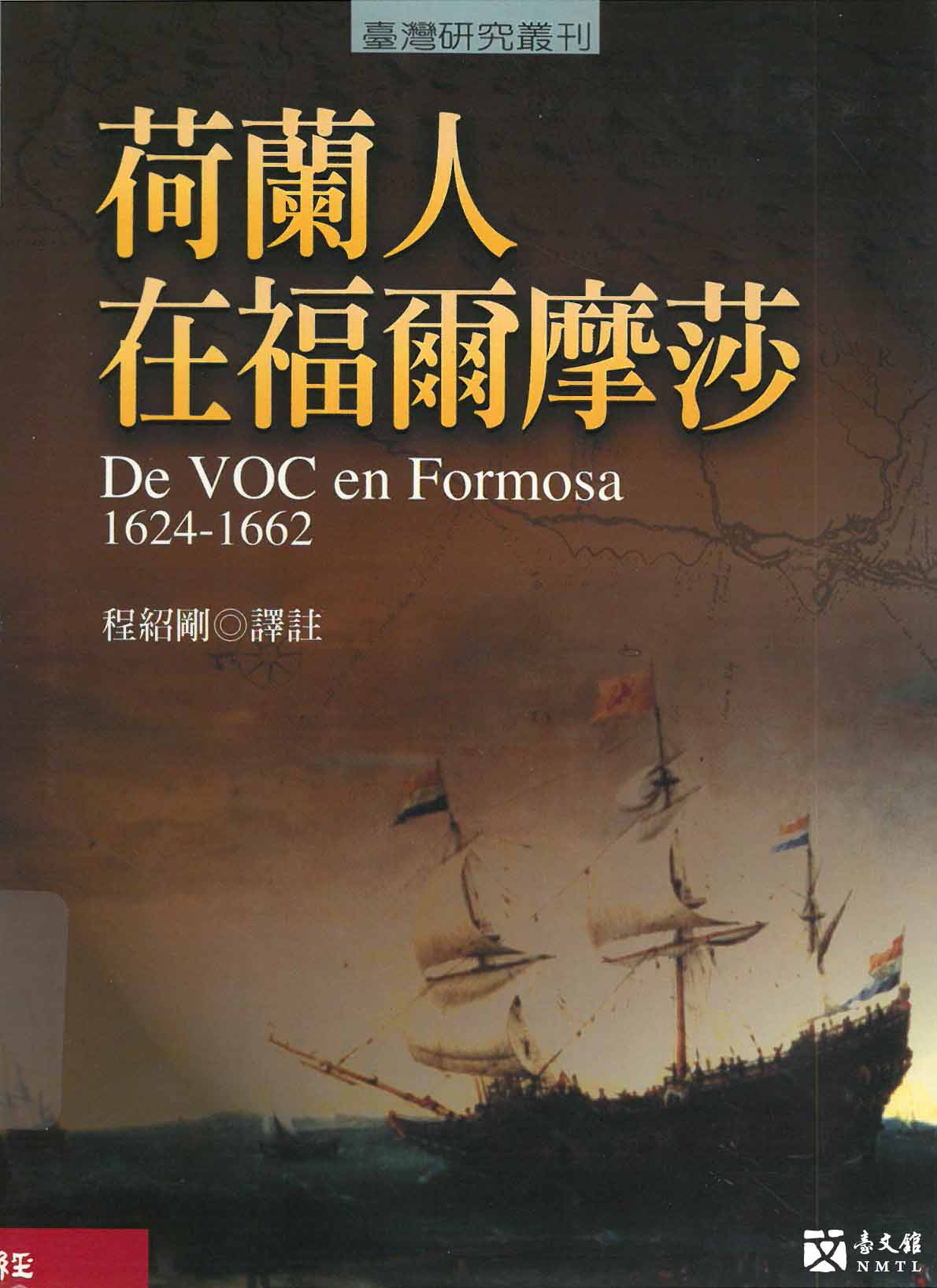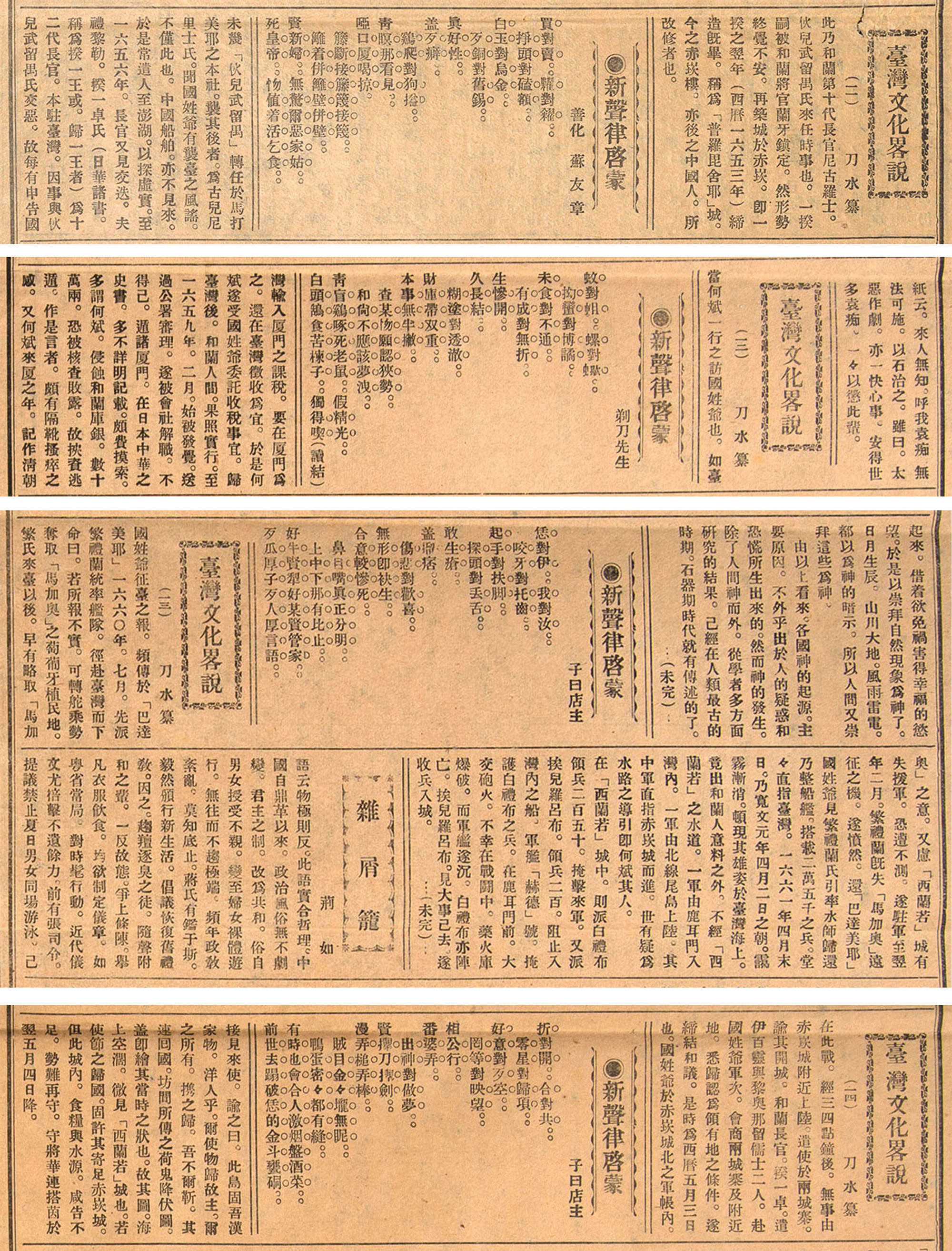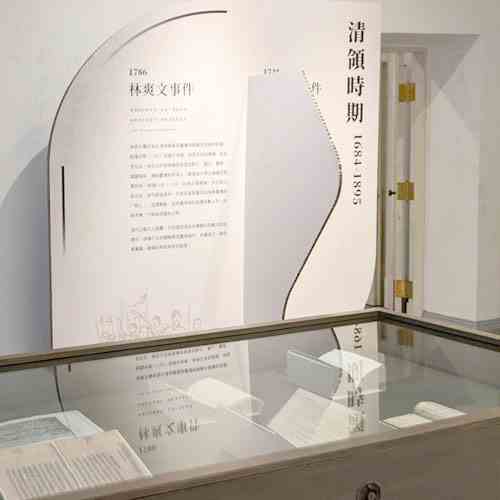The Dutch established Fort Zeelandia►Kuo Huai-yi Rebellion►The Koxinga Dynasty

⭓ 1625, the Dutch established Fort Zeelandia on the biggest sandbar of Tayuan harbor
In 1624, the Dutch East India Company set up a commercial post in Taiwan for the sake of trade interests. With Tayuan (modern-day Anping) as the center, the Dutch attacked the aborigines, encouraged Chinese immigration, and therein created conflicts between the indigenous people and Han Chinese. A poll tax was even imposed on Taiwan residents aged over 7. The Dutch eventually surrendered to Zheng Cheng-gong in 1662. During the Age of Sail, the Western powers left many stories of ingenious occupation all over the world. The most infamous one is the exchange of cowhide for land; they first claimed to rent, borrow or buy a piece of land the size of "a large cowhide" from the locals, only to cut the cowhide into fine connected pieces and use them to demarcate a large area.
The tale of cheating for land with cowhide went around in Taiwan. During the Qing dynasty, the poet Wang Tse-hsiu from Tavocan (now Sinhua) wrote a poem about the dark history of the Dutch acquiring land and trading by trickery.

⏳Cheng Shao-kang's Annotation, THE DUTCH IN FORMOSA|Linking Bookhouse, Taipei City, 2000. This book is a Chinese translation of the historical information about Formosa, from July 9, 1621, to December 26, 1662, as extracted from the REPORT ON EAST INDIA AFFAIRS of the Dutch East India Company. (Collection of the National Museum of Taiwan Literature)
◟◠◡◠◡◠◡◠◡◠◡◠◞
⭓ 1652, Kuo Huai-yi Rebellion
A rebellion by the Han peasants against the Dutch rulers. The peasants led a harsh livelihood and were being scrutinized for a poll tax by the Dutch soldiers. Kuo Huai-yi, a Han landlord, rose to a leading position, and together with about four to five thousand Han people attacked the Chihkan Market (in the West Central District of Tainan). On the one hand, the Dutch army suppressed them with firearms, and on the other hand, they lured the indigenous peoples into forming an alliance. Throughout 12 days, Kuo Huai-yi was shot dead by an arrow by the Plains indigenous people from Xingang, and a few thousand Han people were killed in the uprising. Thereafter, the Dutch built Fort Provintia (now the Chihkan Tower) to strengthen their defense.
Huang Chun-ching, a Han poet living in the Japanese Colonial Era, praised Zheng Cheng-gong's success in expelling the Dutch in his works, while he also lamented Kuo Huai-yi's unyielding resistance to the Dutch.
◟◠◡◠◡◠◡◠◡◠◡◠◞
⭓ 1662~1683, the Koxinga Dynasty
The Koxinga dynasty ruled Taiwan for 22 years. In 1661, Zheng Cheng-gong disembarked at Luermen and captured the Dutch outposts Fort Provintia and Fort Zeelandia and forced the Dutch East India Company to retreat from Taiwan. Cheng chose Tainan to be his ruling capital, and made advancement plans for education and the ruling administration; he established the first Han Chinese regime in Taiwan. Cheng had a tough and irritable personality with polarizing behaviors. In 1683 (Kangxi 22), Shih Lang attacked Taiwan, and so the Koxinga dynasty, which spanned three generations of the Cheng family (Zheng Cheng-gong, Cheng Ching, and Cheng Ke-shuang), came to an end.
With Cheng family historical positioning set in stone, poet Liu Ke-ming of the Japanese colonial era would like to ask, "Had the Koxinga dynasty continued its fortunes, would Taiwan's fate be completely different from then on?"

⏳Tao Shui, "Taiwan Culture in Brief (10)~(14)," 369 NEWSPAPER, Issue No. 365~369|August, 1934. It is an account of Zheng Cheng-gong's occupation of Taiwan. He was agonized over his mother's death and his father's surrender to the Qing dynasty, so that he led his troops to battle against the Qing army in Nanjing, only to be defeated. Zheng then turned to seize and ultimately dominate Taiwan.(Donated by Su Hsin-i)









